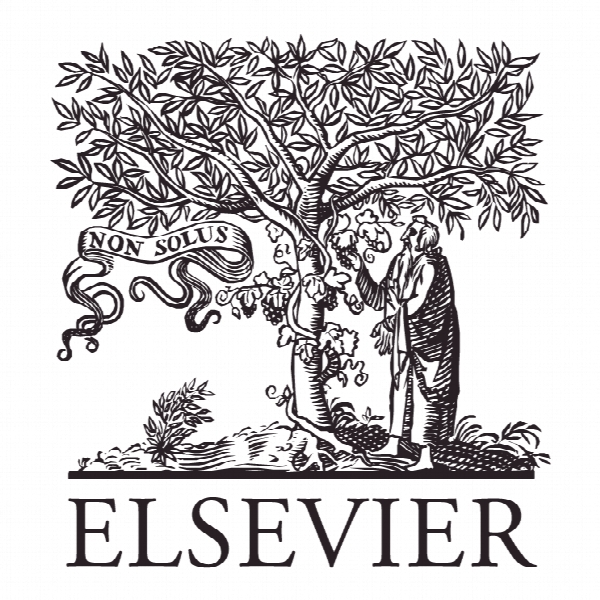بازخوانی تاثیر ریسک پذیری در مورد مزایای نوآوری های خدمات در سازمان های دولتی Rethinking the effect of risk aversion on the benefits of service innovations in public administration agencies
- نوع فایل : کتاب
- زبان : انگلیسی
- ناشر : Elsevier
- چاپ و سال / کشور: 2017
توضیحات
رشته های مرتبط مدیریت
گرایش های مرتبط مهندسی مالی و ریسک
مجله سیاست تحقیق – Research Policy
دانشگاه مرکز تحقیقات نوآوری استرالیا، تاسمانی، استرالیا
نشریه نشریه الزویر
گرایش های مرتبط مهندسی مالی و ریسک
مجله سیاست تحقیق – Research Policy
دانشگاه مرکز تحقیقات نوآوری استرالیا، تاسمانی، استرالیا
نشریه نشریه الزویر
Description
1. Introduction The pasttwo decades have witnessed an increasing policy interest in using innovation to improve the quality and efficiency of public services and thus to produce large benefits from social welfare maximization (Arundel et al., 2015; Brown and Osborne, 2013). Yet there is a broad understanding in the economics of innovation literature that the process of innovation carries significant risks and therefore requires organizations to tolerate both risk-taking and failure (Dodgson et al., 2005). Nevertheless, the pursuit of effi- ciency in public services often involves the reverse, with a stress on the downside of risk and support for a culture of risk aversion (Potts, 2009; Ritchie, 2014). In public services, an organizational culture of risk aversion is exacerbated by the vulnerability of users of public services and by the intense and relentless political and media scrutiny that such services receive (Borins, 2001; Chen and Bozeman, 2012). Other causes for a cautionary approach to risk-taking and failure include the difficulties of achieving (and measuring) innovation success (Hartley, 2005), bureaucratic norms that emphasize rules ∗ Corresponding author. E-mail addresses: Nuttaneeya.Torugsa@utas.edu.au (N. Torugsa), Anthony.Arundel@utas.edu.au (A. Arundel). over results and processes over outcomes (Boyne, 2002), and the asymmetric relationship between those bearing the risk involved in innovation and those garnering the reward or incentive (Albury, 2005; Ritchie, 2014). As a result, a risk-averse culture is thought to act as a major impediment to innovation in public services (Brown and Osborne, 2013; Potts, 2009). Yetthis view, while widely embraced in the literature, has rarely been tested empirically. Several surveys of public managers have provided descriptive data showing that risk aversion is not a major barrier to the development of innovations (Bugge et al., 2011; Gallup Organization, 2011; UK National Audit Office (NAO), 2000), but none examined the effect of risk aversion on the benefits (or otherwise)frominnovation, or took a holistic approach to understand the configurations of conditions under which risk aversion can spur or stifle innovation success. To the best of our knowledge, this is the first study to employ a holistic contingency approach, grounded in configurational theory, to study the effect of risk aversion on the benefits from service innovations in the public sector. Using data from a large survey of the innovation activities of European public administration agencies, we explore how different levels (high/low) of risk aversion combine with other factors or strategies (i.e., organizational size, innovation novelty, innovation development method, complementary innovations, and an active management strategy to support innovation) to elicit different levels (high/low) of benefits from service innovations. The analyses are restricted to innova tive agencies that introduced one or more “new or significantly improved services”, following the definition of a service innovation in the OECD/Eurostat’s (2005) Oslo Manual guidelines for measuring innovation. We focus on service innovations because they are publicly visible and consequently are more likely to attract media scrutiny and hence be affected by a culture of avoiding risk. The public visibility of services also improves the ability of respondents to determine if their innovation is novel or incremental. To capture the heterogeneity in the strategic behavior of agencies with high and low levels of risk aversion, we use fuzzy-set qualitative comparative analysis (QCA) to identify combinations of strategies that are linked to beneficial outcomes and we verify our results using multivariate regression.


